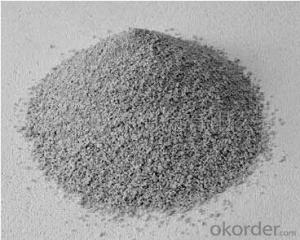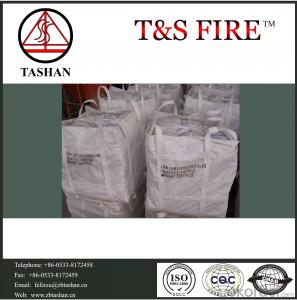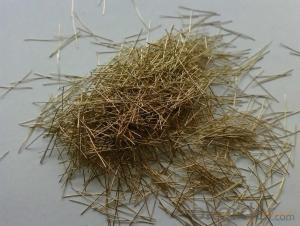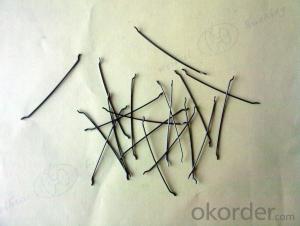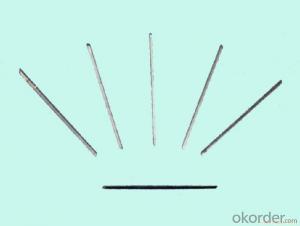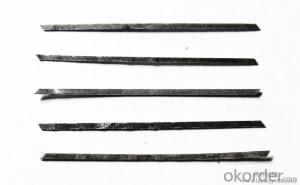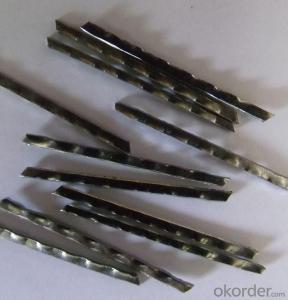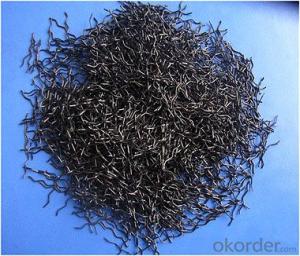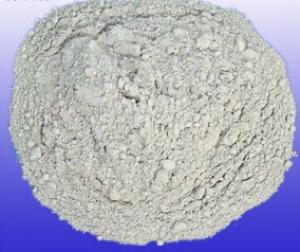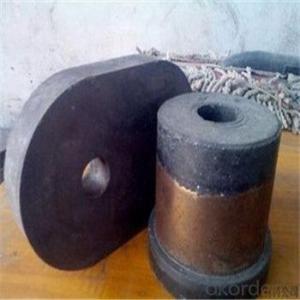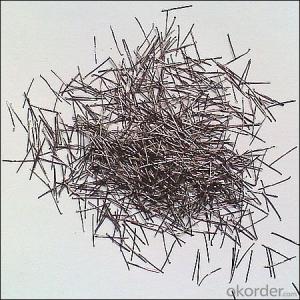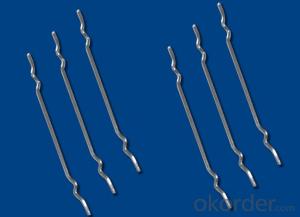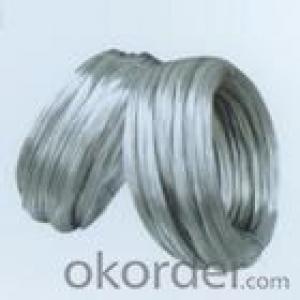All Categories
- - Steel Wire Rod
- - Steel Coils
- - Steel Profiles
- - Steel Pipes
- - Stainless Steel
- - Tinplate
- - Special Steel
- - Steel Sheets
- - Steel Rebars
- - Steel Strips
- - Hot Rolled Steel
- - Cold Rolled Steel
- - Pre-painted Steel
- - Seamless Steel Pipe
- - Welded Steel Pipe
- - Hollow Steel Tubes
- - Galvanized Pipe
- - Stainless Steel Coil
- - Stainless Steel Sheet
- - Stainless Steel Plate
- - Stainless Steel Strips
- - Electrolytic Tinplate Coil
- - Electrolytic Tinplate Sheet
- - Stainless Steel Rebars
- - Solar Panels
- - Solar Water Heater
- - Solar Related Products
- - Solar Inverter
- - Solar Cells
- - Solar Light
- - Solar Energy Systems
- - Solar Controllers
- - Solar Mounting System
- - Solar Pump
- - Solar Chargers
- - Fiberglass Chopped Strand
- - Fiberglass Mesh Cloth
- - Composite Pipes
- - FRP Pultrusion Profiles
- - Fiberglass Mat Tissue
- - Fiberglass Fabrics
- - Fiberglass Mesh
- - Composite Tank
- - Fiberglass Mesh tape
- - Polymer
- - FRP Roofing Panel
- - Fiberglass Roving
- - Monolithic Refractories
- - Ceramic Fiber Products
- - Refractory Bricks
- - Raw Materials For Refractory
- - Suspended Platform
- - Cranes
- - Concrete Machinery
- - Earthmoving Machinery
- - Building Hoist
- - Road Building Machinery
- - Plastic Pipe Fittings
- - Plastic Tubes
- - Plastic Sheets
- - Agricultural Plastic Products
- - Plastic Nets
Q & A
Can monolithic refractories be used for lining aluminum dross furnaces?
Yes, monolithic refractories can be used for lining aluminum dross furnaces. Monolithic refractories are known for their excellent thermal shock resistance and high temperature capabilities, making them suitable for the extreme conditions found in aluminum dross furnaces. They offer superior performance and durability, ensuring the effective lining of the furnace and efficient operation of the aluminum dross melting process.
How do monolithic refractories perform in reducing gas atmospheres?
Monolithic refractories generally perform well in reducing gas atmospheres due to their high resistance to chemical reactions and their ability to withstand high temperatures. These refractories have low porosity, preventing the penetration of reducing gases into their structure, which helps maintain their structural integrity. Additionally, their composition and structure make them less susceptible to corrosion and erosion caused by reducing gases. Overall, monolithic refractories are reliable and effective in reducing gas atmospheres.
How do monolithic refractories perform under thermal cycling conditions?
Monolithic refractories perform well under thermal cycling conditions due to their ability to withstand repeated heating and cooling without significant damage or loss of performance. They have a high thermal shock resistance, allowing them to handle rapid temperature changes without cracking or spalling. Additionally, their homogeneous structure and absence of joints or seams provide excellent thermal conductivity, promoting uniform heat distribution and minimizing thermal stress. Overall, monolithic refractories are reliable and durable materials for applications requiring thermal cycling.
What are the factors to consider when selecting a monolithic refractory for a specific application?
When selecting a monolithic refractory for a specific application, there are several factors to consider. These include the operating temperature, chemical composition of the material being processed, thermal shock resistance, abrasion resistance, and ease of installation. Additionally, the physical properties of the monolithic refractory, such as density, porosity, and thermal conductivity, should be evaluated to ensure compatibility with the application requirements. Other factors, such as cost, availability, and the manufacturer's reputation, should also be taken into account during the selection process.
How do monolithic refractories perform in terms of thermal conductivity?
Monolithic refractories generally have low thermal conductivity, which means they are effective in resisting heat transfer.
Wholesale Monolithic Refractories from supplier in Turkmenistan
Our team of experts is well-versed in the unique requirements and specifications of the Turkmenistan market, ensuring that we can provide tailored solutions to meet your specific needs. Whether you require monolithic refractories for steelmaking, cement production, or any other industrial application, we have the products and knowledge to assist you.
In addition to our comprehensive product range, we also offer competitive pricing and reliable delivery services. We understand the importance of timely project completion and strive to ensure that our clients receive their orders on schedule.
Furthermore, our technical support team is available to provide guidance and assistance throughout the entire procurement process. We can help you select the most suitable monolithic refractories for your project, provide detailed product information, and offer technical advice to ensure optimal performance.
At CNBM, we prioritize customer satisfaction and are committed to delivering high-quality products and services. We have a strong track record of successfully serving clients in Turkmenistan and are confident in our ability to meet your monolithic refractories needs.
Contact us today to discuss your requirements and discover how our expertise and resources can benefit your projects in Turkmenistan.
In addition to our comprehensive product range, we also offer competitive pricing and reliable delivery services. We understand the importance of timely project completion and strive to ensure that our clients receive their orders on schedule.
Furthermore, our technical support team is available to provide guidance and assistance throughout the entire procurement process. We can help you select the most suitable monolithic refractories for your project, provide detailed product information, and offer technical advice to ensure optimal performance.
At CNBM, we prioritize customer satisfaction and are committed to delivering high-quality products and services. We have a strong track record of successfully serving clients in Turkmenistan and are confident in our ability to meet your monolithic refractories needs.
Contact us today to discuss your requirements and discover how our expertise and resources can benefit your projects in Turkmenistan.
Hot Search
- Monolithic Refractories in Slovakia
- Ceramic Fiber Products in Timor Leste
- Refractory Bricks in Guinea
- Raw Materials For Refractory in America
- Ceramic Fiber Products in Algeria
- Ceramic Fiber Products in Syria
- Raw Materials For Refractory in Mali
- Refractory Bricks in Thailand
- Refractory Bricks in Djibouti
- Ceramic Fiber Products in Tunisia
